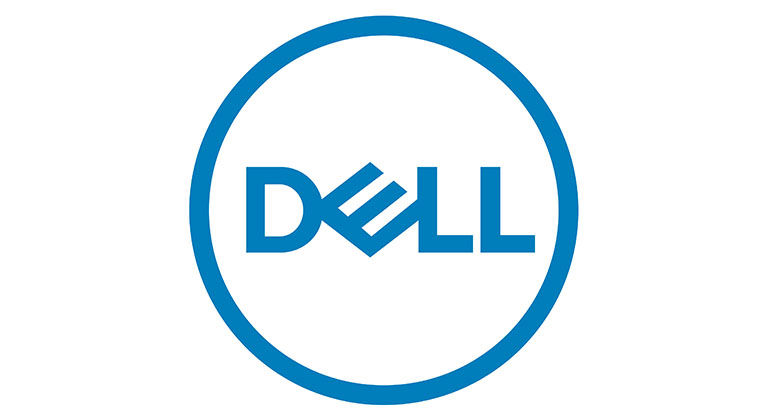ABOUT
Dell Technologies delivers essential infrastructure for organizations to build a digital future, transform IT, and protect information. The company of 160,000+ employees creates technologies that drive human progress for consumers across 180 countries.
With 10,500 employees, Workday offers financial management, human capital management, and analytics applications for some of the world’s largest companies, educational institutions, and government agencies.
INDUSTRY
Technology
THE CHALLENGE
Dell’s transactional HR processes were high-volume and repetitive. Robotic Process Automation (RPA) would significantly help improve efficiency and cost-effectiveness while freeing up HR employees for higher-value, strategic work.
The company wanted to remove the transactional work for end-to-end processes such as its open requisition recruiter assignments, onboarding process reminders and status updates, and offer status management to allow HR employees to focus on more person-to-person interactions.
THE SOLUTION
Dell was not only an early adopter of RPA but was also one of the first companies to implement bots for HR.
Delivering completed offer letters to North American candidates through automation was chosen as the Proof of Concept (POC) pilot. The most important thing was to ensure employees received hands on experience with building bots.
The IT and the central governing group partnership laid the infrastructure and groundwork for how all automations would be managed. For security, bots were managed in the same way as their human counterparts; they had limited access, allowing the team to track activity, and had to go through compliance audits on a regular basis.
Dell also formed an RPA Ambassador group to help socialize automation and its benefits internally. This helped change the company’s cultural mindset to automation first, wherever possible. The team now receives automation submission ideas from senior leaders through to SMEs who own the processes.
PROCESSES AUTOMATED
• Open requisition recruiter assignments
• Offer status management
• Onboarding progress reminders
• Concur expense error reports
• Talent Acquisition (TA) Leadership Team Reporting
• Learning and Development reports and communications
• Quarterly Performance and Compensation Review (PCR) letters
• Employee travel invitation letters
• Job reference letters
BENEFITS
• 85% Efficiency gain
• 30 Automations in HR deployed in 2019 alone
STORY DETAILS
A suite of automations was put in place to manage the entire requisition process. With the sheer number of hires each year, coupled with the large and agile recruiting staff, managers often did not know the recruiter to assign to a job requisition. If left blank, it would be passed to a talent (TA) coordinator to track down the recruiter in order to update the system. With automaton, a bot consumed necessary data from Workday into an Excel template and compared it with variables off a recruiter matrix created by the TA organization. The bot then leveraged the matrix to identify recruiters based on certain reqs and assigned them immediately. If the bot did not find an exact match, it parsed out a list into regional or country level sheets that is sent to a TA liaison. In most cases at this stage, there would be enough information to assign recruiters without having to log into any other system. Once the recruiters were identified, the TA liaison updated the template and sent it back to the bot via e-mail. This allowed them to be mobile, agile and flexible. The bot checked twice a day for assignments, entered it into Workday and assigned a recruiter. With the TA coordinator removed from front-end communications, recruiters were assigned more quickly, helping to fill positions faster as well.
“We have a large, varying amount of automations—some are very complex, and some are pretty simple. We really try to change the way we work by implementing these automations.” — Joe Cotnoir, Director HRIS, Business Process Enablement, Dell
For reporting automations, bots were used to knit reports or data together from Workday and other systems. One example was an expense error report which the team managed from Workday to Concur. Before automation, the report went to a group or individual team member who identified and looked up information on who should fix the error. After automation, a bot received the error report, consumed all the necessary information, then put it into a case management tool where it was automatically assigned to the proper HR operations person or group to act.
“Once we got a few groups on board with RPA, that was really a game changer for us. People started to see the results and the excitement was contagious.” — Joe Cotnoir, Director HRIS, Business Process Enablement,
HR Services
A third type of automation implemented was for document generation. One use case was for the Global Services Associate Program (GSAP) periodic career review letters (PCR) process. This high-touch program allowed the company to upskill new service team members, and as a result, multiple check-ins for managers, HR business partners, and quarterly review cycles were required. A lot of the information was in Workday, but feedback also came directly from program leads. An internal tool was used to combine all the information, but letters had to be presented to team members when it came time for reviews. After receiving all the required information, the bots parsed letters out by team member manager and created a custom PDF document delivered directly to the supervisor notifying them to hold the performance review meeting. The automation allowed managers and program leads more time in facilitating discussions, rather than preparing the reviews themselves.
Approximately 30 automations—some simple, some complex—were deployed in the HR function alone in just the last year.
THE FUTURE
Dell HR continues to scale its RPA program and has a significant prioritization process for new automation ideas. Any HR employee can submit an opportunity and the HR RPA team will look at how closely it matches against overall strategy as well as how long it would take to develop compared to the expected savings. These factors are scored, and the team creates weighted averages. Higher scored ideas are built first to ensure new implementations are truly making a difference within HR.
